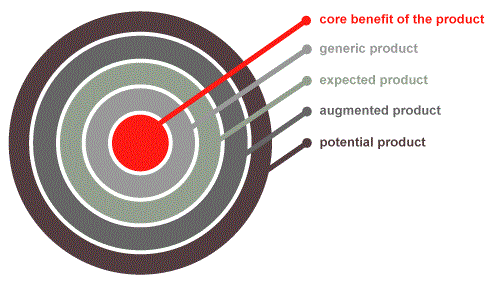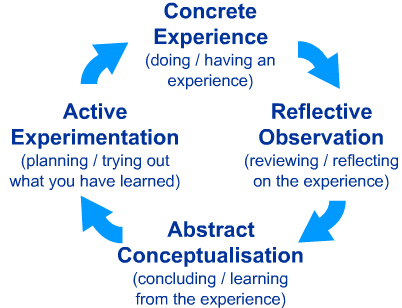So I’m going to start with something I got from a class I took on product development 5 weeks ago. It’s taken me this long to get around to posting about it because I’ve been turning this idea over in my head. I guess most people are aware (conciously or subconsciously) of the idea of a product lifecycle. It’s been around since the 60’s and the basic premise is that products, most often thought of as an item, like a piece of clothing, have a lifecycle and at any given point in time, the product will be in somewhere on that lifecycle timeline.
Intially, Products are introduced and whoever is selling them is focused on creating awareness in the marketplace (in Australia recently: cider as an alternative to beer & wine). Assuming you’ve got a good product and a willing market you should experience growth, you’re trying to expand your distribution, competitors enter the marketplace, you start to focus on why your product is better, to differentiate from the other offerings. Then comes maturity, you’re a recognised brand in the marketplace, you have your niche or segment and you’re trying to defend your market share and remind people why they should be buying your product (they’re already aware of the product category and they know what your point of difference is) and eventually you fall into decline. Competitors turn your points of differentiation into points of parity, the markets shrinks because the trend has moved on (ie: basketball in Australia now, as opposed to the early 90’s) and you start looking for ways to invigorate your product or find a new product.
In pretty much all cases, companies are selling a product to make a profit and the model allows for that as well, showing that during the introduction phase you’re making a loss while you try and build awareness. During the growth phase you start to make a profit but at a lower rate as you reinvest to build your market and then you hit high profitability during maturity which peters out as it becomes unprofitable to manufacture and service your declining market. One way companies deal with this is releasing new products which then may make the model a self fulfilling prophecy because the new product superseeds the old and so you see that product go into decline.
But there’s something else, right now you’re probably looking at the diagram above and wondering why it just doesn’t look quite right. As a whole, the idea makes sense but as soon as you actually start to apply it in practice, things go wrong. For starters, there’s other factors affecting the sale of a product such as how your Brand is perceived and the timing of the product entering the market. If the product you are launching is a brand new concept then you need to educate the marketplace about what it does (ie: the original iPad) or you might be trying to emphasize the differences in the functionality of your product where the product is understood (ie: car manufacturers)
The model above shows four relatively equal periods of time for each of the phases but that will almost certainly not be the case. Some products live really successfully in the maturity phase for a long time, others never get there (fashion clothing for example: grows and is gone).
Then there’s the industry factors: maybe you work in tech where the turnover cycle for a product (say a mobile phone) is a sales cycle of 12 months (3 months growing and being the latest tech, 6 months as the “Free on a $59 plan” phone and eventually in decline a pre-paid handset). Or you might have a business based around getting the product up and running, creating the niche, and then selling it off to a bigger player in the marketplace (a pretty common model for tech start-ups). Some people even create businesses around supporting the products that other people have dropped because of this idea that a product in decline is not worth it. For instance, SAAB closed it’s doors earlier this year which has a flow on effect to a bunch of secondary industries including auto mechanics. Now that SAAB owners can’t get their cars serviced through the manufacturer there’s a whole new market opening up, for a product that’s on the decline, but that still needs to be serviced and probably can be quite profitably. I guess the smart mechanics got out there and setup an agreement with the local SAAB dealership that went along the line of “you love the cars, your customers love the cars, give us the details of your servicing list and we’ll keep them happy.” Chris Anderson covers it pretty comprehensively in his now lightly defunct blog ‘The Long Tail’ which has a bunch of fascinating related examples like netflix where as their library of titles grew, they saw significant shift in consumption patterns away from the top 50 releases into less popular titles, servicing the long tail of the declining market.
These models and frameworks are designed for people like me, may not have experience in the area but need to apply some sort of structure to make sense of what they are seeing, the model is not much more than a pretty picture but credit where it’s due, it introduces the concept simply. I guess my observation for studies so far is that MBA students are always looking for a model or a framework to apply, the key points that you can take away from a lecture and the rule of thumb but these things only work if you check that things make sense in the context of the situation. Worse, in applying an ill-fitting model you actually limit your opportunities because you rule out servicing the declining market of SAAB’s or you go in with the mindset that a product is designed to be replaced every 18 months to keep consumers purchasing. Frameworks don’t replace the process of thinking and sometimes that gets lost in a formal education system.



